On 15th to 18th of October 2023, some researchers from the SINTEF Ocean’s Marine CFD team travelled to Ericeira in Portugal to participate in the 25th edition of the Numerical Towing Tank Symposium #NuTTS2023 as well as to attend a workshop on Floating Offshore Wind Modelling.
The NuTTS conference is an annual event where latest results on numerical modelling of marine applications are disseminated. It provides a forum for informal discussions among experts in the field, especially targeting young researchers working in the academia and industry. This year’s conference had its main theme “Numerical Work Fosters Ocean Sustainability“, and it gathered a record number of 80 participants.
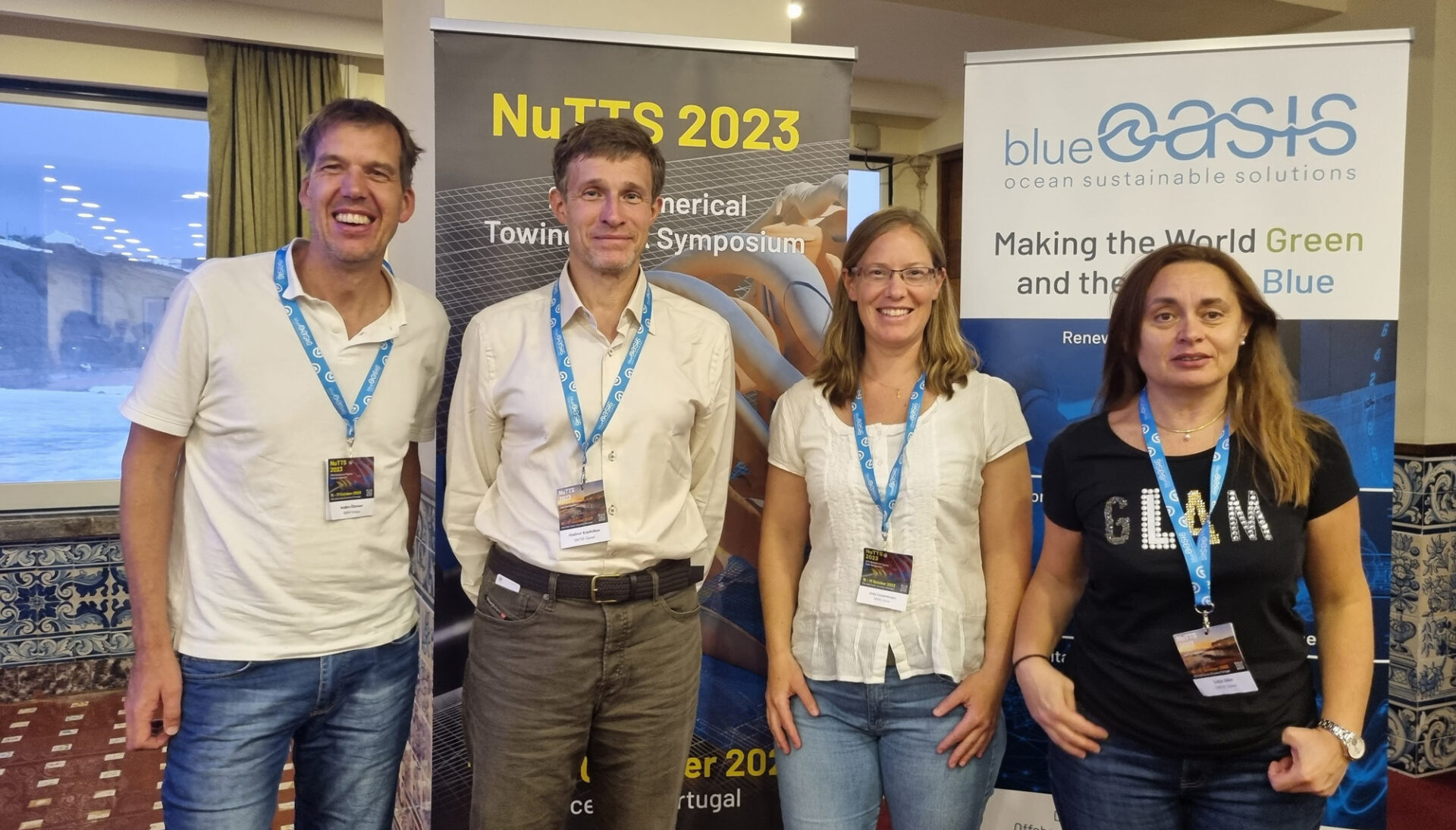
At this occasion, four presentations were delivered by the researchers from SINTEF Ocean.
Prediction of integral and local aerodynamic loads on wind turbine blades using high-fidelity CFD
by Vladimir Krasilnikov
SINTEF Ocean investigated the CFD approach using a geometrically accurate rotor model with the focus on the prediction of blade loads and local pressure distribution. Two methods to solve rotor motion are used – the Moving Reference Frame (MRF) method, which is suitable for modelling an isolated rotor in straight, uniform wind conditions, and the Sliding Mesh (SM) method, which is applied in combination with the Overset Mesh (OM) technique to support the scenarios with arbitrary forced or wave-induced motions of the turbine. Several turbulence modelling approaches are studied, including unsteady RANS, Improved Delayed Detached Eddy Simulation (IDDES), Large Eddy Simulation (LES) and Scale Resolving Hybrid (SRH) method. A particular attention is paid to the verification of the SRH approach which is shown to be a practical trade-off between the accuracy and robustness of the RANS method in predicting integral loads on the rotor, and high fidelity of LES in resolving vorticity structures in the flow field.
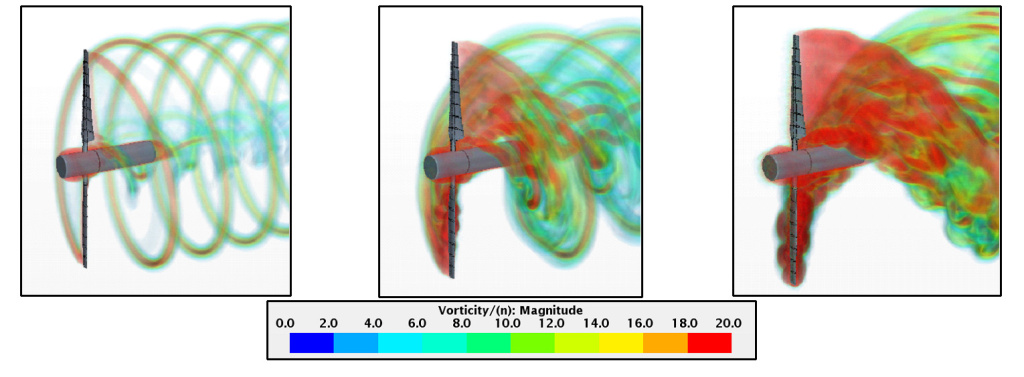
CFD validation and analysis of aerodynamic loads acting on the rotor of a floating wind turbine subject to forced motions
by Lucia Sileo (a joint presentation with Tiago Gomes of blueOASIS)
The present study focuses on the aerodynamic CFD simulation of a fully resolved, single fixed turbine (rotor, nacelle and tower), with an outlook on future modelling of the same turbine subject to forced motions. For the verification and validation exercises, the case of the DTU 10MW turbine tested in the project UNAFLOW at Polimi is chosen (https://doi.org/10.5194/wes-8-465-2023). The authors have conducted CFD simulations using two different solvers (StarCCM+ and ReFresco), where different meshing strategies, motion methods and turbulence models were employed, while using identical geometrical setups. Following formal grid sensitivity study, this work presents detailed comparisons between the CFD simulations and UNAFLOW measurements regarding thrust and torque of the rotor, as well as velocity and vorticity fields in the rotor wake.
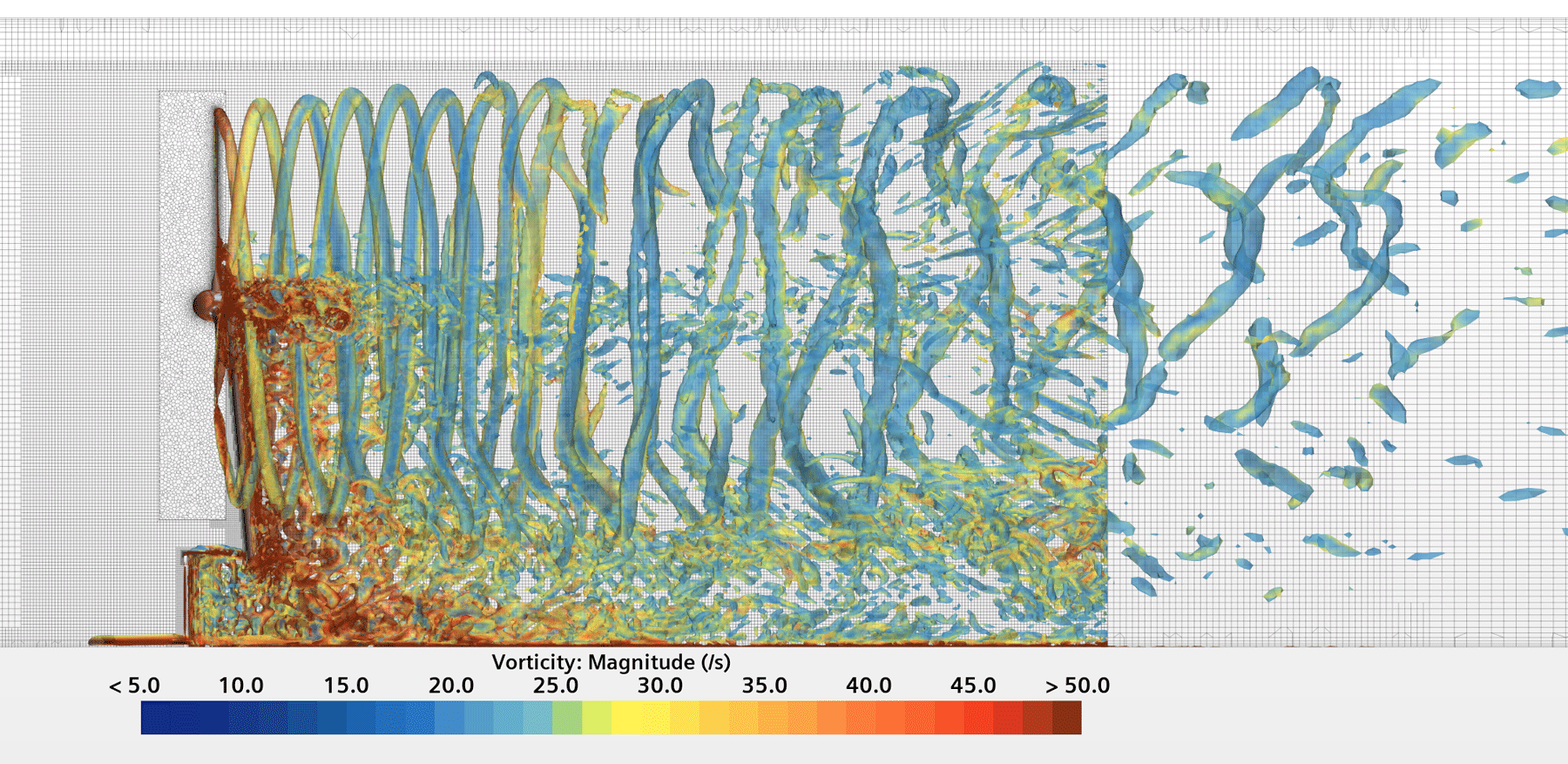
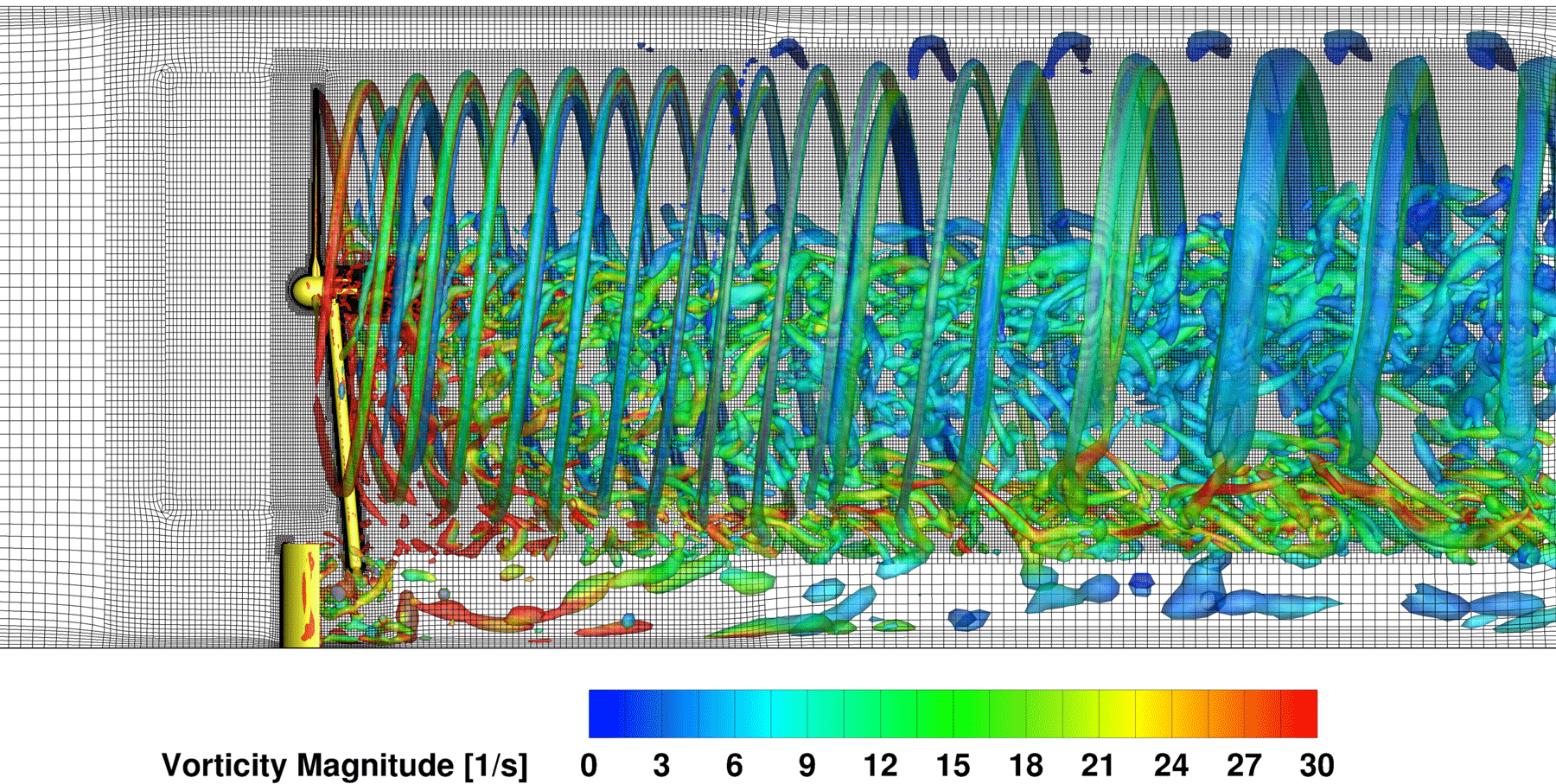
Calculation of Flettner rotor forces using lifting line and CFD methods
by Anders Östman
In recent years, there has been a surge of interest in the adoption of wind-assisted propulsion systems. Particularly, Flettner rotors have gained significant attention within the commercial shipping industry, due to their relatively straightforward operation and the substantial aerodynamic forces they generate. Hence, there is an urgent need for fast and accurate numerical tools to evaluate the performance of ships equipped with wind propulsion systems. At the NuTTS conference, a rapid Lifting Line code was presented for the computation of forces acting on Flettner rotors, accounting also for interaction between multiple rotors. The required 2D sectional aerodynamic lift and drag coefficients were obtained through CFD simulations. Results from lifting lines simulations were compared against 3D CFD simulations. The implemented lifting line method is sufficiently efficient to be integrated into ship performance tools, such as SteadySail developed at SINTEF Ocean. Furthermore, it holds the potential for real-time simulations of wind forces, making it applicable in cyber-physical model tests.
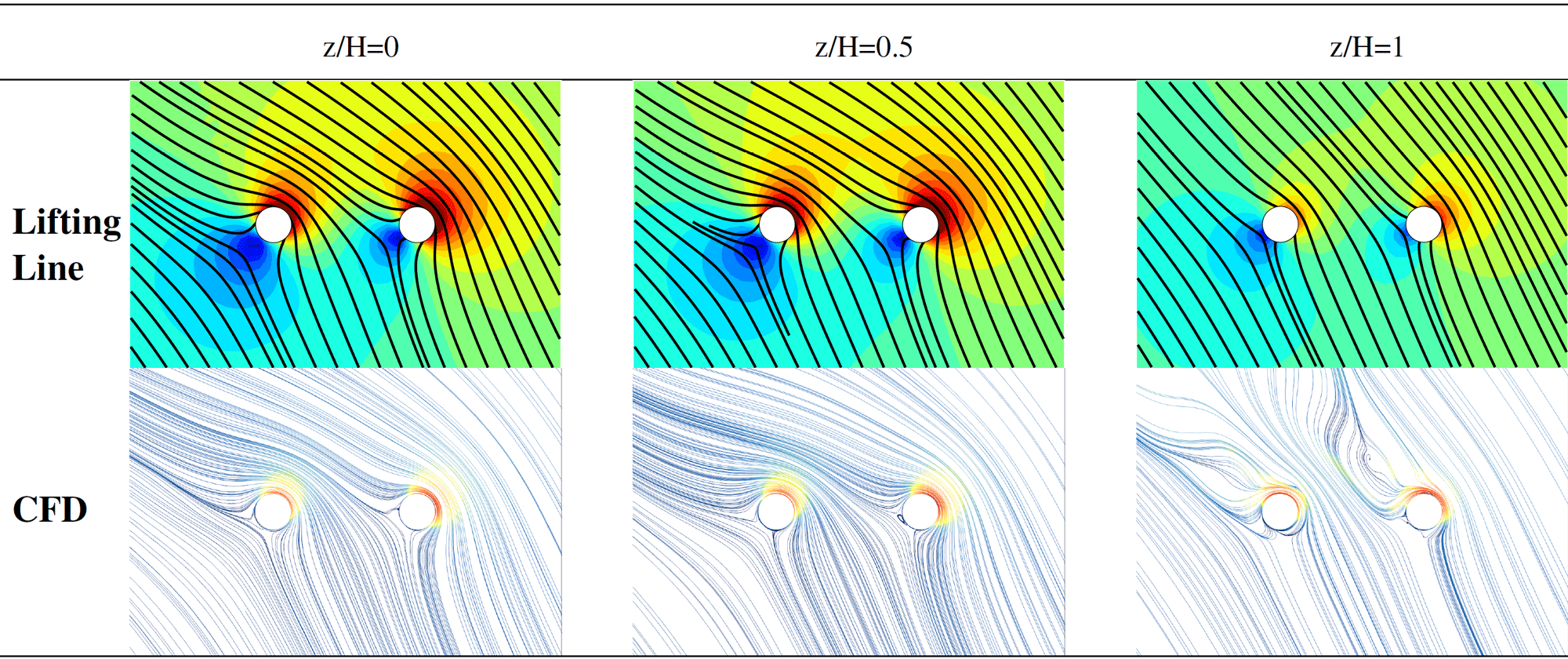
SOBC-1 – an open science validation dataset for conventional and wind-assisted ship propulsion
by Vladimir Krasilnikov
Achievement of historical targets set by IMO with regards to decarbonization of shipping requires novel ship concepts, which use clean fuels and sustainable energy sources, and which are highly optimized for their mission. Optimization of vessel energy efficiency is an interdisciplinary problem, where propulsion efficiency plays the central role. Validation of methods employed as design tools and creation of a database of reference ships are therefore of ultimate importance. With these overriding objectives in mind, SINTEF Ocean has developed a reference vessel representative of the class of medium-size tank/bulk carriers for short- to medium-range shipping. This open science validation dataset is known as SINTEF Ocean Bulk Carrier 1 (SOBC-1). The model test campaigns conducted by SINTEF Ocean provide experimental data regarding conventional propulsion performance of the ship, resistance and propulsion in waves, as well as wind assisted propulsion, thus contributing to and extending the publicly available CFD validation database for ship hydrodynamics, which contains such well-known cases as KCS, KVLCC2, DTMB5415 (Larsson et.al., 2010), JBC (Hino et.al., 2020), DTC (el Moctar, 2012), and MV REGAL (Ponkratov, 2017; JoRes). This paper outlines the major features of the SOBC-1 design, describes the available experimental datasets for conventional and wind assisted propulsion, and presents some results from the ongoing validation studies with CFD methods.


The full proceedings from NuTTS can be downloaded from Nutts2023_proceedings_v4.pdf
On October 18th, blueOasis and SINTEF Ocean co-hosted the final workshop of the project “Floating Offshore Wind Modelling Cooperation“. This project is supported by the EEA Fund of Bilateral relations between Portugal and Iceland, Liechtenstein and Norway.
During this workshop, Tiago Gomes (blueOasis) and Lucia Sileo (SINTEF Ocean) shared the project results with the scientific community and invited participants, regarding the joint efforts by the two organizations in developing numerical tools for high-fidelity modelling of wind turbines. During the event, the Head of the National Focal Point of the EEA Grants Portugal, Maria Mineiro, highlighted the importance that bilateral cooperation plays in EEA Grants: “This collaboration is of utmost importance for strengthening business opportunities and to fostering long-term cooperation.”
If this topic interests you, you can directly contact Lucia Sileo at Lucia.Sileo@sintef.no for further information. Stay tuned for more developments!

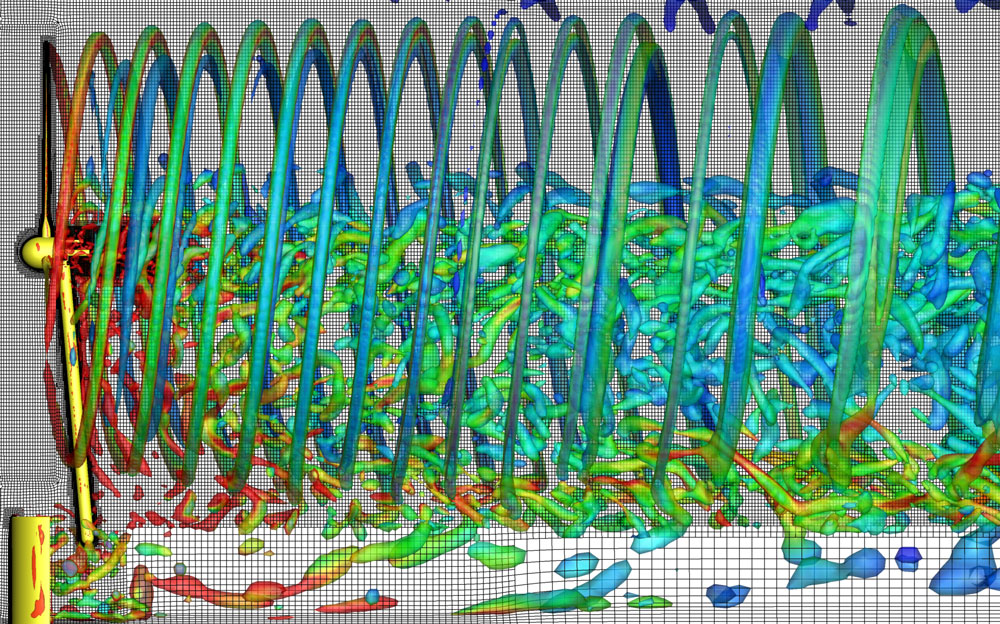
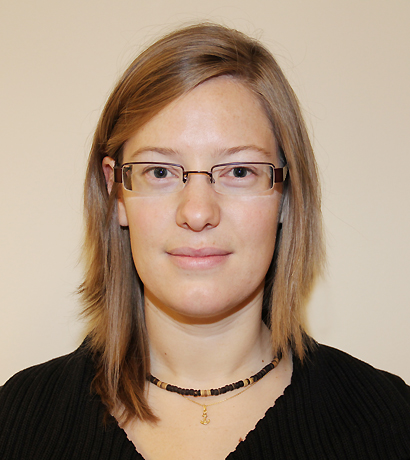







Comments
No comments yet. Be the first to comment!